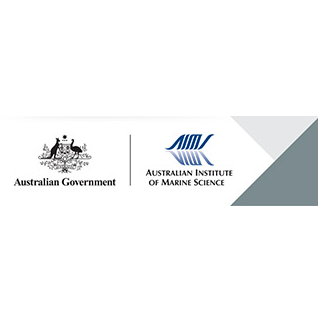Brief description
The symbiont community of 460 randomly sampled colonies of Acropora millepora from a reef flat adjacent to Miall Island (Keppel Islands, Great Barrier Reef) were analysed after a natural bleaching event in early 2006. To determine the Symbiodinium community composition, 460 colonies were tagged on the reef flat at Miall Island between September 2004 and March 2005. A combination of single-stranded conformation polymorphism (SSCP) analysis, cloning and DNA sequencing was used for symbiont identification. Symbionts were: the thermally sensitive Symbiodinium type C2, a tolerant Symbiodinium type belonging to clade D, mixtures of C2 and D, and C1. Background types were also recorded.A subset of 79 colonies that survived the bleaching 3 and 6 months (May and August, respectively) after the bleaching event in January/February 2006 were examined for symbiont changes. These colonies were chosen haphazardly from surviving colonies and comprised 58 with predominantly C2-type, 15 with predominantly D-type and 6 with both C2 and D types present.Mortality in the Acropora millepora population was assessed 6 months after the bleaching event in August 2006 by visually estimating the percentage (<10%, 11-50%, 51-99%, 100%,) of live and dead coral tissue on 159 haphazardly chosen tagged colonies using pre-bleaching photos of each colony as a reference. To characterize the Symbiodinium community in an inshore population of Acropora millepora and compare the Symbiodinium community in the same tagged colonies before and after a natural bleaching that took place in 2006. The first field study to follow changes in Symbiodinium genotypes in specific colonies over a 3 year period that includes a natural bleaching event.Lineage
Maintenance and Update Frequency: notPlannedNotes
CreditBerkelmans, Ray WC, Dr (Principal Investigator)
Modified: 17 10 2024
text: westlimit=150.9; southlimit=-23.15; eastlimit=150.9; northlimit=-23.15
A community change in the algal endosymbionts of a scleractinian coral following a natural bleaching event: field evidence of acclimatization: Jones AM, Berkelmans RWC, van Oppen MJH, Mieog JC and Sinclair W (2008) A community change in the algal endosymbionts of a scleractinian coral following a natural bleaching event: field evidence of acclimatization. Proceedings of the Royal Society of London B Biological Sciences 275: 1359-1365.
local : articleId=7781
- global : e7b69f29-aaec-4dc0-bc68-b90700b94095


